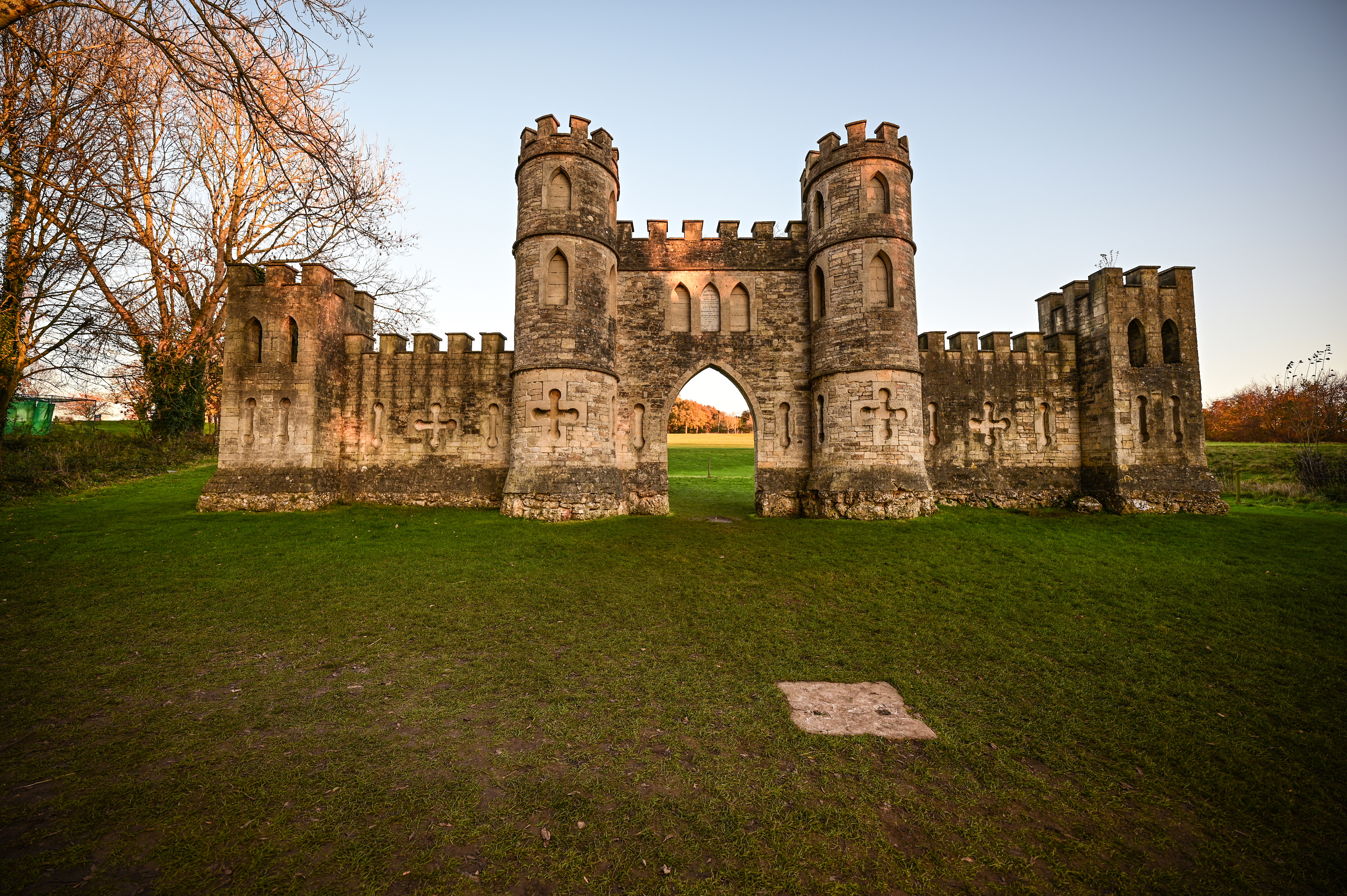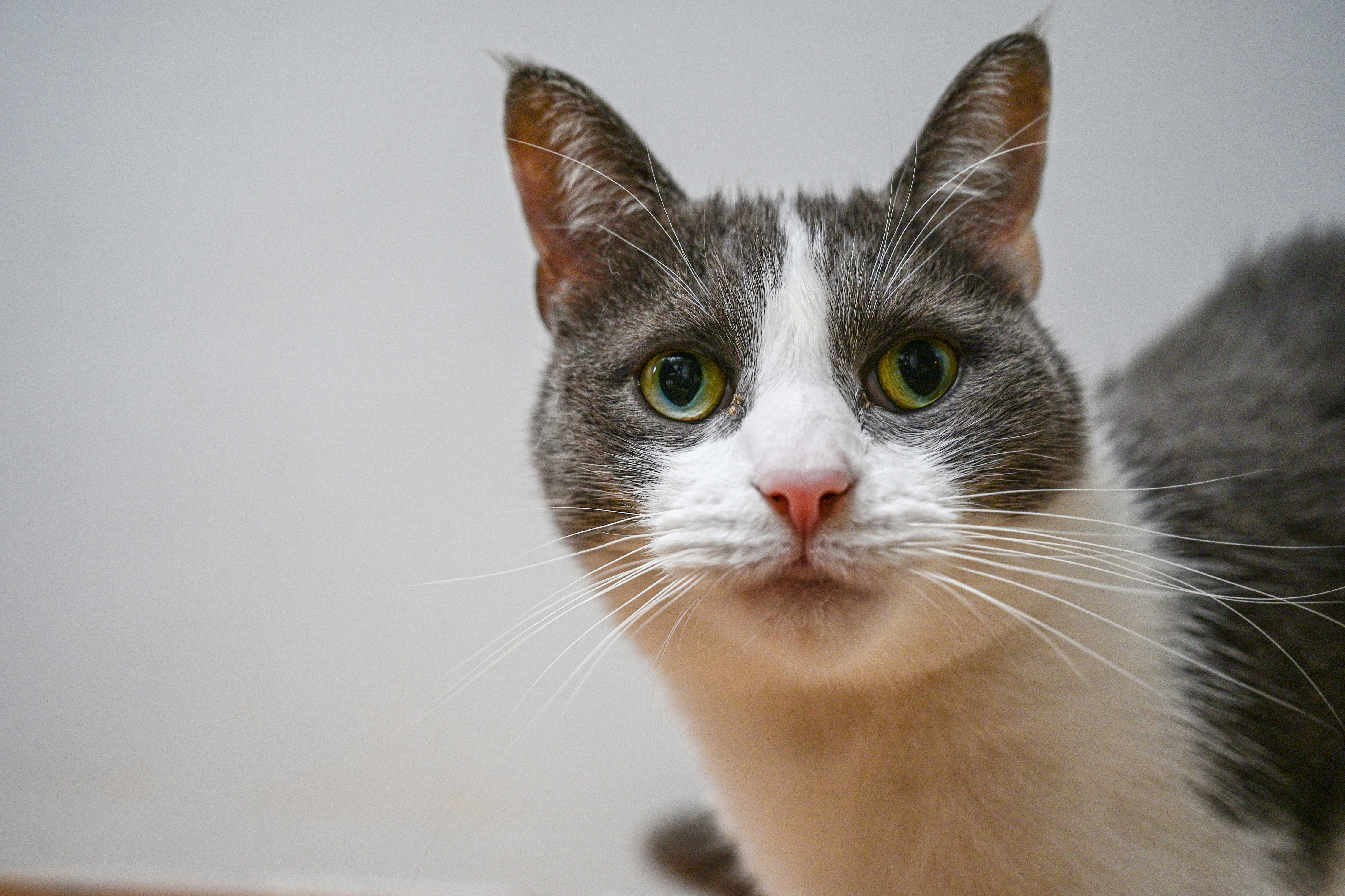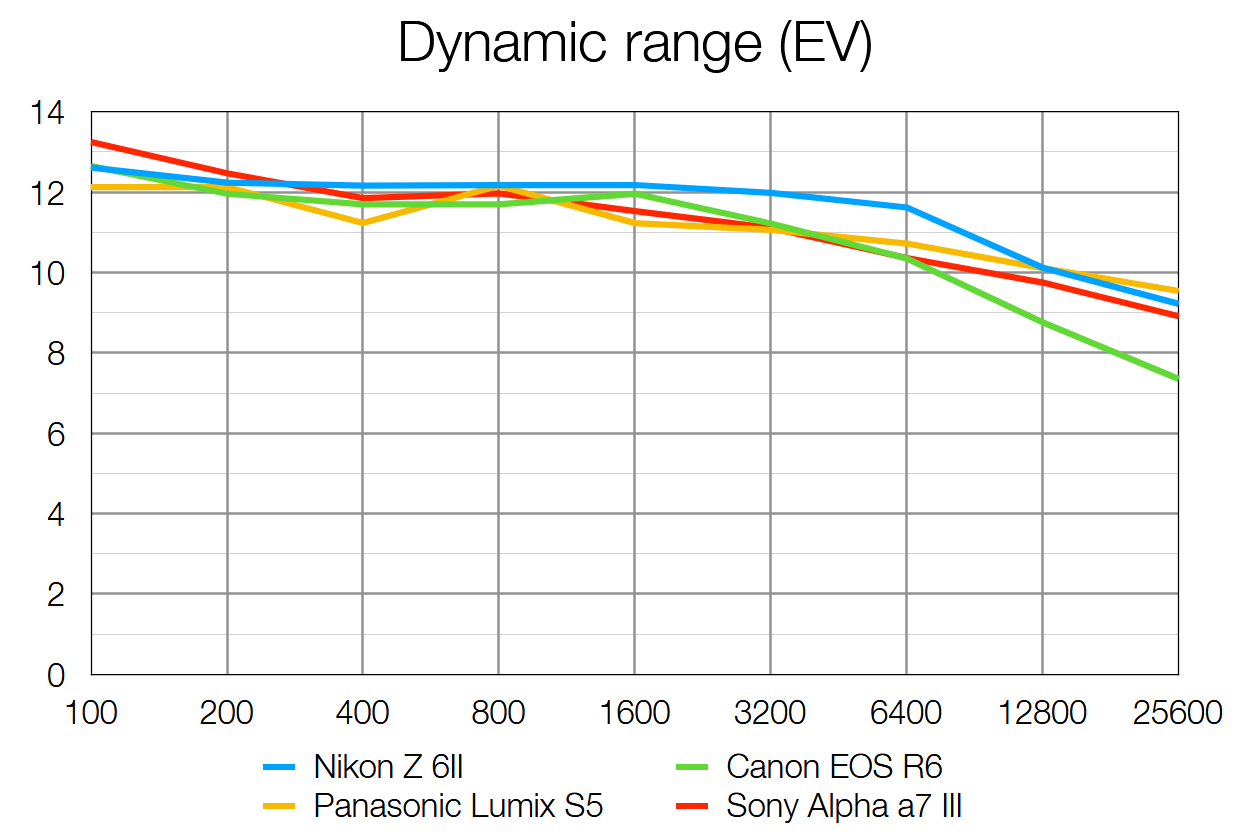Digital Camera World Verdict
The Nikon Z6 II is a light refresh of the original Z6, with a second memory card and processor bringing a bump to burst shooting and the promise of 4K 60p video. However, the latter is cropped (and not here until February) and the camera still lacks an articulating screen, limiting its appeal for video and vlogging. At its price it's a very capable camera, though certain of its specs are outperformed by rival systems.
Pros
- +
Two memory card slots
- +
Improved burst shooting
- +
Superior AF performance
Cons
- -
No articulating screen
- -
Other bodies are faster
- -
4K 60p will be cropped
Why you can trust Digital Camera World
The Nikon Z6 II replaces the original Nikon Z6 from 2018 as the Big N's enthusiast level full-frame mirrorless camera. With a 24MP sensor, it hits the sweet spot between resolution and processing power, and for many users is a preferable option to the professional grade Nikon Z7 II, which comes with approximately double the megapixel count.
The original Z6 ticked most of the right boxes, and so what we see here is very much a refinement rather than anything radically new. It receives incremental improvements to speed and functionality, after Nikon listened to user feedback and complaints leveled at the first version of the camera.
Externally there is very little difference between this new camera and its predecessor. The only giveaways are the "II" nomenclature next to the Z 6 logo, and a marginally deeper battery door. It’s a couple of millimeters deeper, and weighs in at 20 grams heavier, to accommodate some of the internal changes.
The question is, with the Z6 II being a modest update of a 2018 camera, how does it compare to its 2020 contemporaries like the Canon EOS R6, Sony A7C and Panasonic S5?
Nikon Z6 II specifications
Sensor: 24.5MP CMOS BSI
Image processor: Dual Expeed 6
AF points: 273 hybrid AF points
ISO range: 100-51,200 (50-204,800 exp)
Max image size: 6048 x 4024px
Video: 4K UHD at 30/25/24p • 1080p (FullHD) at 120/100/60/50/30/25/24p
Viewfinder: 3690k-dot OLED EVF, 100% coverage, 0.8x magnification
Memory card: 1x SD UHS-II, 1x CFexpress (Type B) / XQD
LCD: 3.2-inch tilting touchscreen, 2100k dots
Max burst: 14fps
Connectivity: Wi-Fi 2.4GHz and 5GHz, Bluetooth 4.2, USB-C, mini HDMI, GPS, microphone, headphone
Size: 134 x 101 x 70mm
Weight: 615g body only (705g with battery)
Nikon Z6 II key features
The Nikon Z6 II comes with two card slots, rather than the single XQD of the original. Here we have a dual XQD / CFexpress card slot, along with the more commonplace SD format, able to take the fastest UHS-II variety, and this is undoubtedly due to the criticism leveled by some at the original camera.
The other major change under the hood is that there are now not one but two Expeed 6 processors, providing double the processing grunt. Creating images from the raw data captured by the image sensor is a processor-intensive task, and turning a series of static images into smooth video is even more so. This extra processing power translates to faster shooting frame rates and improved low-light performance, as well as better video.
The best camera deals, reviews, product advice, and unmissable photography news, direct to your inbox!
As such, the Z6 II receives an increased continuous shooting speed of 14fps, up from 12fps on its predecessor – and the extra horsepower means that it can buffer 124 12-bit raw files or 200 JPEGs. However, shooting at 14fps restricts you to single-point AF; you'll need to drop to 12fps to receive the benefits of tracking AF.
For video the camera currently maxes out at full-readout 4K 30p, but will be receiving 4K 60p (albeit with a 1.5x crop) with a firmware update in February. You'll be able to shoot video for longer, though, thanks to the USB-C 'hot charging' support, which enables you to power the camera while it's in use.
Everything else here is exactly as it was with the original Z6, from the 24.5MP sensor to the 120fps in 1080p to the resolution of the electronic viewfinder and LCD screen.
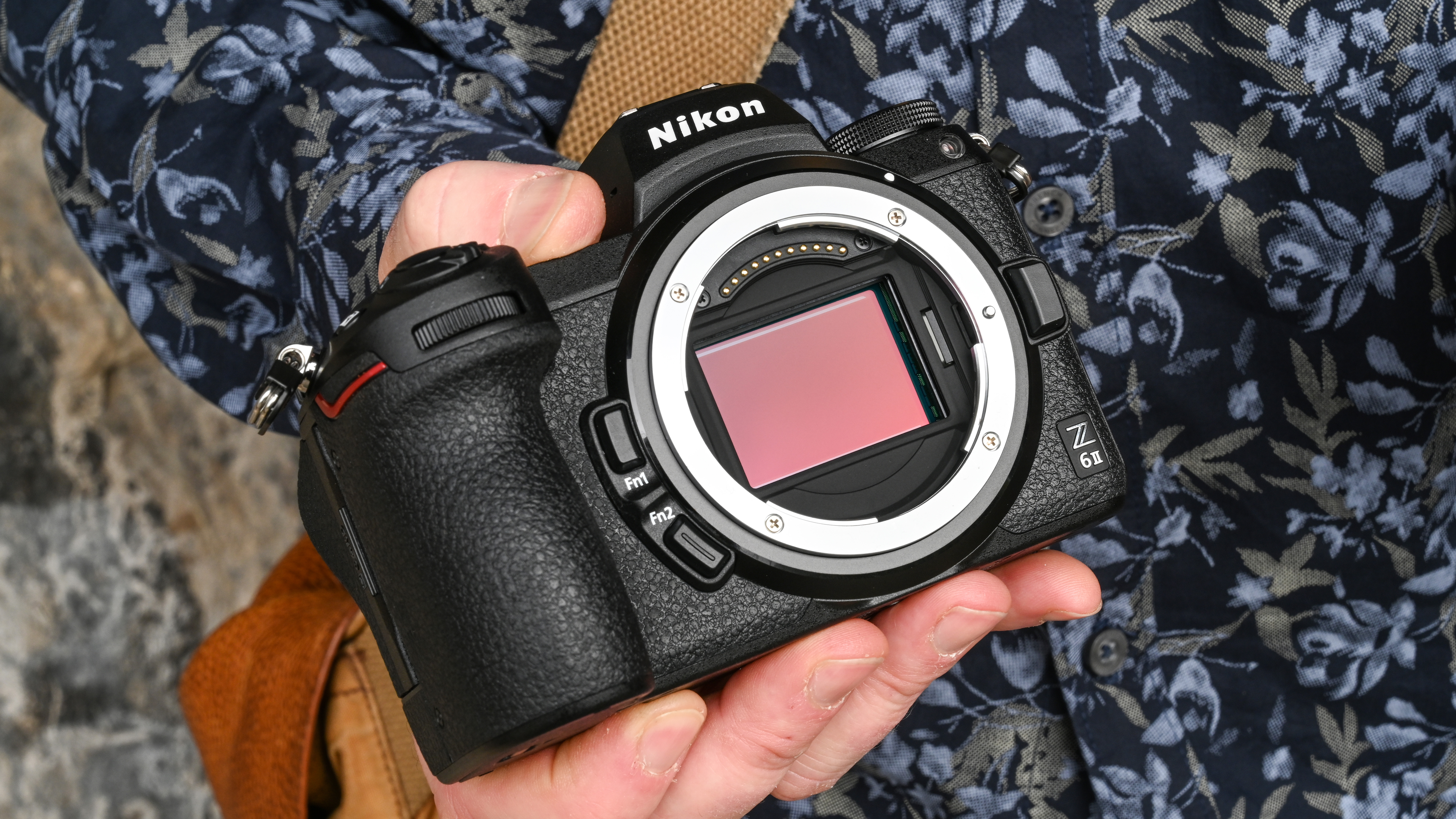


Nikon Z6 II build & handling
The camera control layout is identical to the original Z6 (and the Nikon Z5 and Nikon Z7, for that matter). The deep grip makes the body comfortable to hold, and the scrolling front and rear dials are in easy reach of the forefinger and thumb, as are all the other essential controls such as the shutter, ISO and exposure compensation buttons.
That said, the sheer number of inputs is limited compared to those available on some more upmarket DSLRs, due mainly to the physical size of the camera body. For example, switching between continuous / single / timer shooting requires bringing up an onscreen menu, rather than selecting it on a dial.
There are a pair of user-definable Fn buttons on the front of the camera, but most people will be happy with their preset functions of selecting white balance on Fn1 and focus mode / area on Fn2. A welcome improvement over the Z6 is that animal and human face / eye detection is directly selectable along with the area AF modes; previously this was buried in the custom functions.
The rear LCD and electronic viewfinder are unchanged, which is a bit of a missed opportunity. The OLED EVF is clear enough, with 3.69 million dots, but its 60Hz refresh rate is starting to feel creaky next to the 120Hz offered by rival bodies. Likewise it is curious that Nikon has decided to stick with a tilting rear LCD, rather than taking the opportunity to add a fully articulating screen – something that hobbles portrait and video shooting.
Like the original, the Nikon Z6 II possesses weather sealing for all-purpose shooting, and features a joystick for precise autofocus (though you can obviously still select your focus point by tapping the touchscreen).
Nikon Z6 II performance
As noted, the improved maximum burst rate put the Z6 II on similar footing with other speed-focused cameras – though with other mirrorless cameras offering up to 20fps, it's a shame that Nikon hasn't pushed the processing power a bit more here (especially since 14fps is restricted to single-point AF).
Still, a fast framerate for action photography is nothing without snappy autofocus – and the hybrid AF system, which spreads 273 AF points across the entirety of the image sensor, locks onto subjects with unerring accuracy. It's still a half step behind the phase-detect systems employed by other cameras, but it’s not far off.
The human / animal face and eye detect modes are impressive, locking onto two- and four-legged subjects even against the busiest of backgrounds, and switching automatically between faces or individual eyes depending on their proximity. Again it's a hair behind Canon and Sony's AF systems, but it's still remarkably good and extremely reliable at both finding and tracking subjects.
The original Z6 was already a low light specialist, and performance here also sees a boost; exposure metering now works all the way down to -6EV, enabling the Z6 II to practically see in the dark. And shooting in the dark is one of the areas where the in-body image stabilization comes into play.
Though the performance of the IBIS feels largely unchanged, Nikon's system is right up there with Canon and Panasonic in terms of full-frame stabilization, leaving Sony in the rear-view mirror.
Nikon Z6 II video
We'll obviously have to reserve judgement on the promised 4K 60p shooting when it arrives in February, but it's already disappointing that this will invoke a 1.5x crop as opposed to a full-sensor readout.
As far as the Z6 II's 4K 30p video goes, you're looking at in-camera 8-bit with a flat video profile or 10-bit via HDMI with N-Log and HLG. If you want to capture external 12-bit RAW video, however, you'll still need to pay $200 for the ProRes RAW upgrade (as was the case with the original Z6 and Z7).
Video files are subject to the usual 29m 59s recording limits, but thankfully you won't bump into the same austere 4K restrictions as certain other cameras; we were able to continuously record 1h 17m 29s of 4K 30p video before the camera shut down due to overheating.
The brilliant AF performance carries over to video, and Animal eye-AF is now enabled when recording – the previous Z6 could only track whole animal faces, rather than their eyes, when shooting video.
As was the case with the original camera, the IBIS isn't a magic bullet for eliminating camera shake – but when you are used to the way the camera makes micro adjustment for low frequency movements, you can work in tune with it for gimbal-like performance in certain circumstances.
Support for assists like peaking and zebras is always welcome, as is timecode, but a huge drawback with the Z6 II is its tilting screen. A fully articulating LCD would have made a huge difference to video shooting, but as it stands this does rather limit the camera's versatility – particularly to vloggers and content creators.
Nikon Z6 II lab data
We tested the Nikon Z6 II against two 2020 contemporaries, the Canon EOS R6 and Panasonic S5, along with the venerable Sony A7 III.
Resolution:
Resolution is measured in line widths/picture height, a widely used standard for resolution measurement that's independent of sensor size.
Despite having almost the same megapixel count, the Z6 II isn't quite able to resolve the same amount of fine detail as the A7 III. For reference, the original Z6 was able to equal the Sony in this test. The difference here is very slight, make no mistake, but nevertheless the Z6 II's resolution shots are marginally softer than those from its predecessor.
We can only speculate as to the exact reasons for this but, given the camera's corresponding improvement in high ISO image clarity, we'd speculate that Nikon may have tweaked the Z6 II's image quality to give slightly less noise at the expense of some fine detail capture.
Dynamic range:
Dynamic range is measured in EV (exposure values, or 'stops'). It's a measure of the camera's ability to record detail in extremely bright and dark areas of the scene; the higher the value, the better.
The Z6 II is capable of capturing excellent dynamic range, beating its main competitors at all but our lowest and highest tested ISO sensitivities. Also worth noting is how consistently high its dynamic range is from ISO100 right through to ISO6400, giving you plenty of scope for capturing high-speed or low light shots without having to sacrifice highlight or shadow detail.
Signal to noise:
Our signal to noise test measures image clarity – specifically the ratio of the actual image 'data' you want to capture versus the image noise that you don't want, but will inevitably be visible when shooting at higher ISO sensitivities. The higher the score at a given ISO sensitivity, the better.
All four comparison cameras are very closely matched in this test. The aging Sony A7 III still has the edge at lower sensitivities, but it's at the higher ISOs where you'll really see a difference in image noise between cameras in real-world shooting – and it's here that the Z6 II comes into its own. At ISO 6400 and above, its images are consistently cleaner than those from its rivals.
In case you're wondering, the original Z 6 scores identically to its replacement up to ISO 6400, but the Z6 II performs significantly better at ISO12800 and above. At these sensitivities, the old Z6 scores are comparable to the A7 III. It's clear that despite the Z6 II inheriting the same sensor as the Z6, Nikon's Expeed processing tweaks have helped improve high ISO image clarity.
Nikon Z6 II verdict
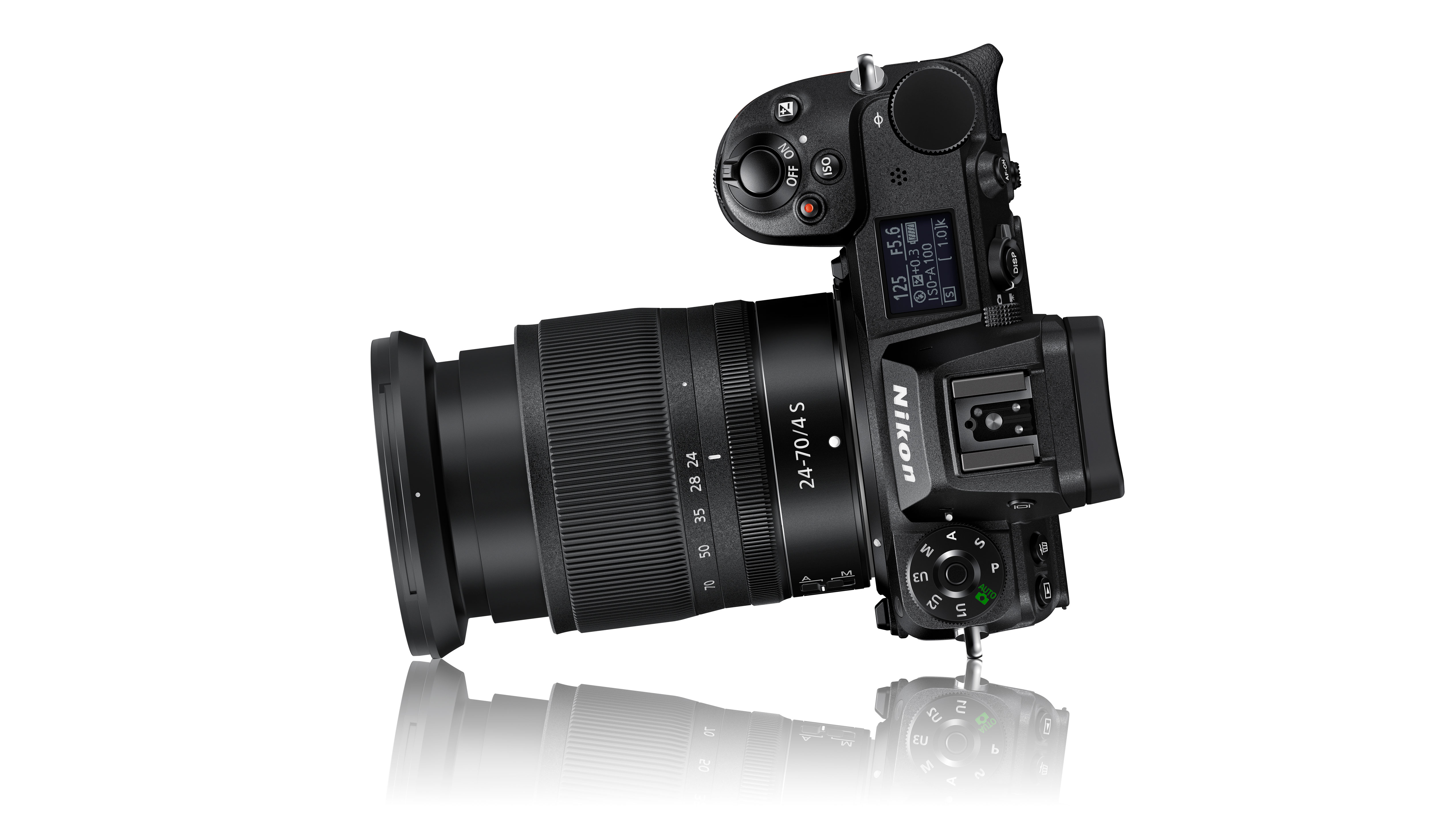
The Nikon Z6 II answers the main criticism of its predecessor – namely the single card slot and the decision to exclusively use eye-wateringly expensive storage media – and also adds some modest performance boosts.
Otherwise, however, it has exactly the same sensor, in-body image stabilization, electronic viewfinder, rear LCD, control layout and extensive weather sealing as its 2018 predecessor – and that doesn't stand it in the best stead next to the R6s, S5s and A7Cs in the class of 2020.
In and of itself, the Z6 II is a formidable stills camera with impressive image quality, solid stabilization, incredible ISO performance, accurate autofocus, sturdy 12fps burst shooting with tracking AF (or 14fps with single-point) and respectable video.
Taken out of its own context, though, it starts to feel a little lacking. That burst looks quite modest next to what other mirrorless models are capable of, the lack of an articulating screen limits its appeal for video work, and the promise of cropped 4K 60p in 2021 feels behind the times despite being in the future.
Make no mistake, the Z6 II is still a very capable camera – we just feel that it could have stretched that little bit more to become the ultimate option at this price point.
Read more:
Nikon Z6 II vs Z7 II
Nikon Z6 review
Best Nikon cameras
Best Nikon Z lenses

Prior to joining digitalcameraworld.com as Guides Editor, Adam was the editor of N-Photo: The Nikon Magazine for seven years, and as such is one of Digital Camera World's leading experts when it comes to all things Nikon-related.
Whether it’s reviews and hands-on tests of the latest Nikon cameras and lenses, sharing his skills using filters, tripods, lighting, L brackets and other photography equipment, or trading tips and techniques on shooting landscapes, wildlife and almost any genre of photography, Adam is always on hand to provide his insights.
Prior to his tenure on N-Photo, Adam was also a veteran of publications such as PhotoPlus: The Canon Magazine, so his wealth of photographic knowledge isn’t solely limited to the Big N.

